High, strong fortress walls surround the grounds of the Alcázar in Jerez de la Frontera. They are beautifully illuminated in the evening and we really wanted to take a look behind these walls.
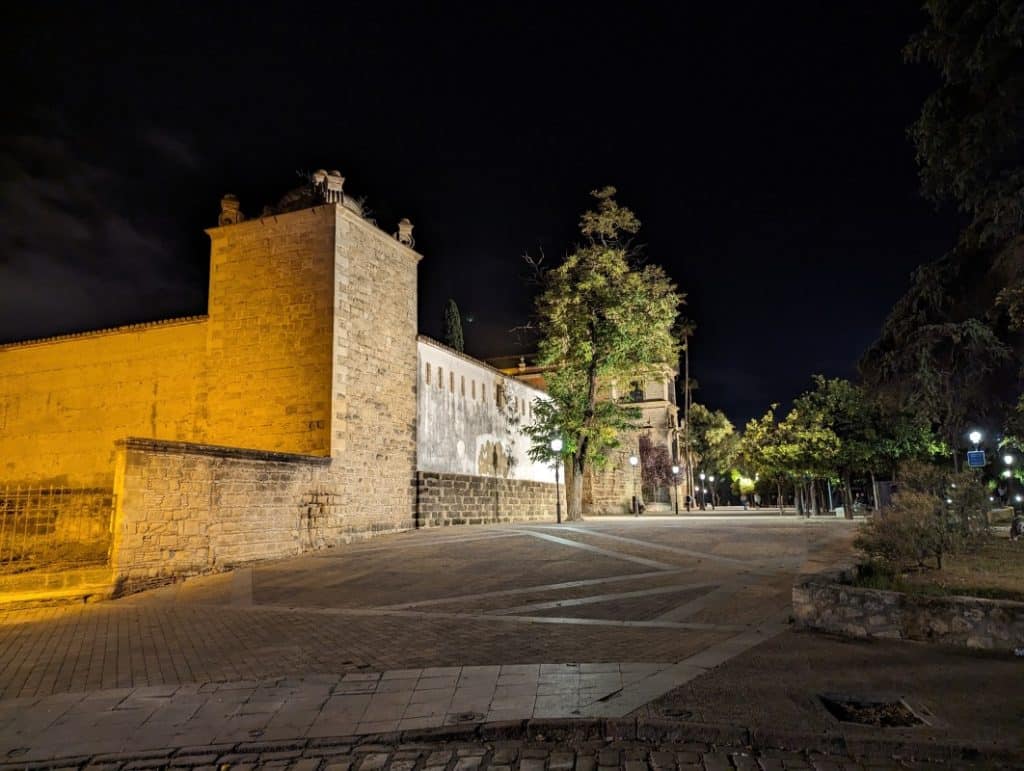
The Alcázar is located in the south-east of the city fortifications. With its mighty walls and towers, it was once an important part of the city’s defense system.
As early as the 11th century, when Jerez belonged to the kingdom of the Taifa of Arcos de la Frontera, there was a defensive structure on this site. This was replaced by the master builders of the Almohad Caliphate in the 12th century. A fortress was built, which from then on was also used as a residence.
After the Catholic kings came to power, the first Christian “mayor” moved into the fortress. He had the palace renovated and created further amenities for his life.
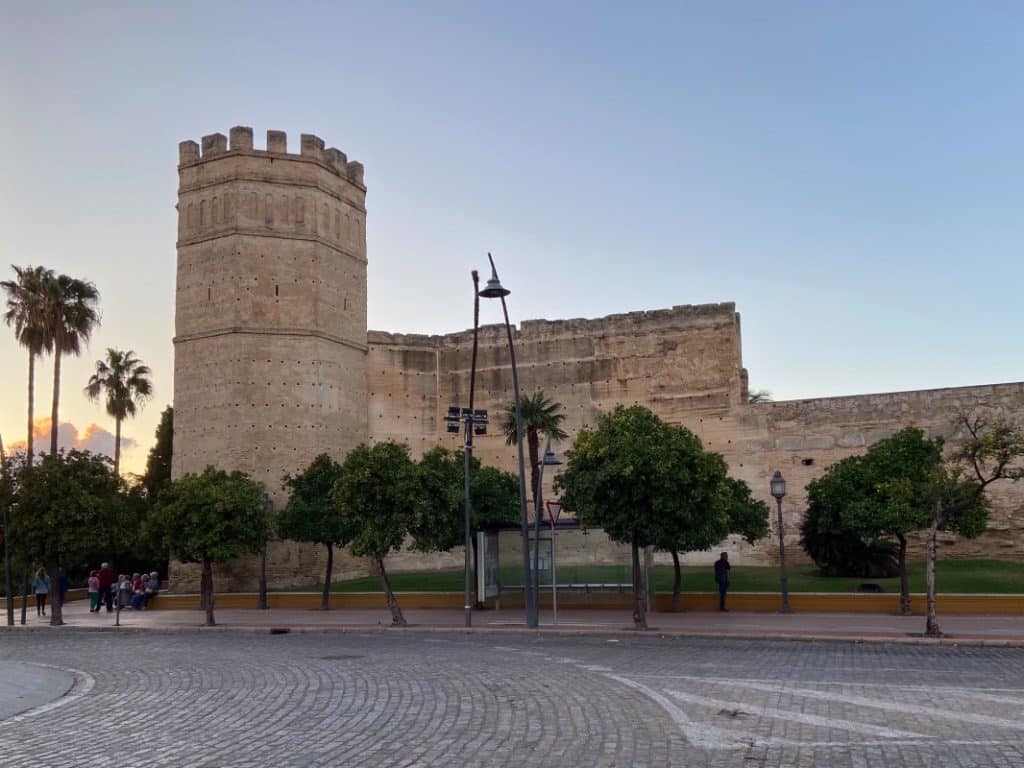
The Alcázar is a very impressive building, the size of which only really becomes apparent when you stand inside. It takes a while to walk around the grounds along the outer walls. The almost quadrangular grounds are enclosed by a wall that is around 4000 meters long.
We enter the entrance area of the palace building through a rather inconspicuous door, where you can buy tickets. From there you enter the courtyard of the fortress and can first explore the outside grounds. We then return to the palace, which was built in 1664 in the Baroque style. Here you have the opportunity to complete the tour with a visit to the interior.
Mosque
I was first drawn to the mosque in the fortress. It is the last of 18 mosques still standing in Jerez today. They were all demolished after the Christian conquest. The mosque in the Alcázar has “survived” because it was used as a chapel for many years. The minaret was converted into a bell tower.
In the middle of a small courtyard is a water fountain where the faithful performed the traditional purification before prayer.
I am very impressed by the prayer hall with its high domed ceiling. It has a mihrab that indicates the direction to Mecca.
The transformation into a Christian chapel is still clearly visible here. King Alfonso X had two marble plaques installed on which a summary of the hymns can be read.
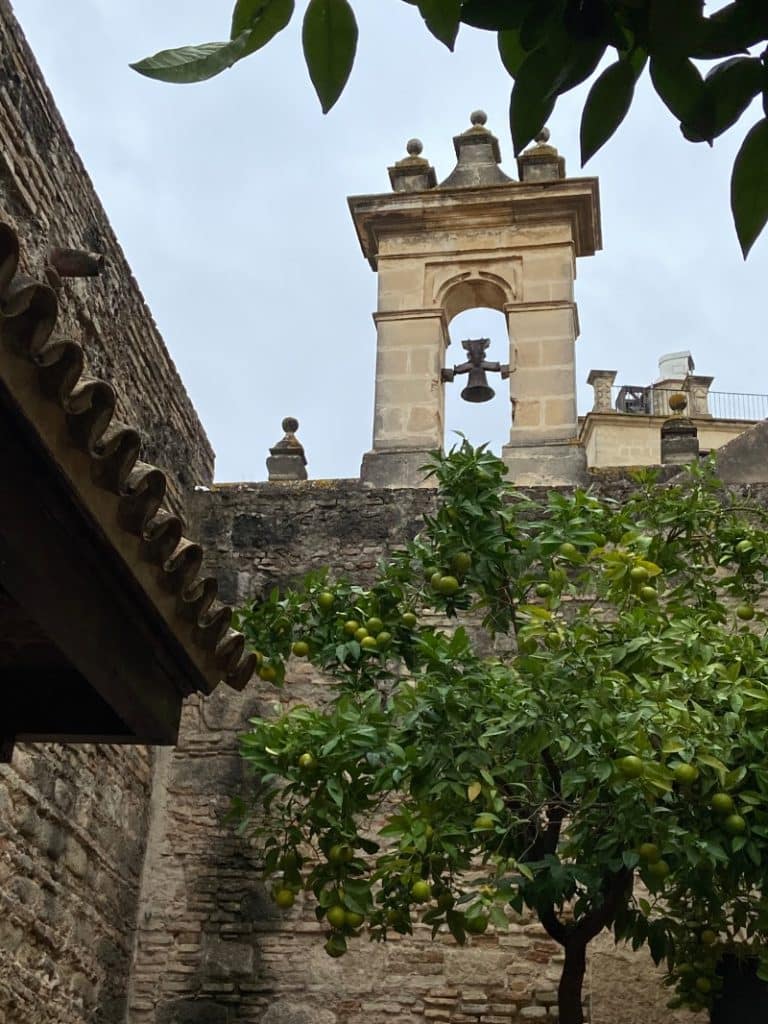
Oil mill
While I am exploring the small typical courtyards around the former mosque, I discover an open door. Curious, I peek inside and see an oil mill.
In the 18th century, the owners had an oil mill built there as part of several renovations to the Alcázar complex. The workers poured the washed olives into the wooden hopper. From there they fell onto the round millstone.
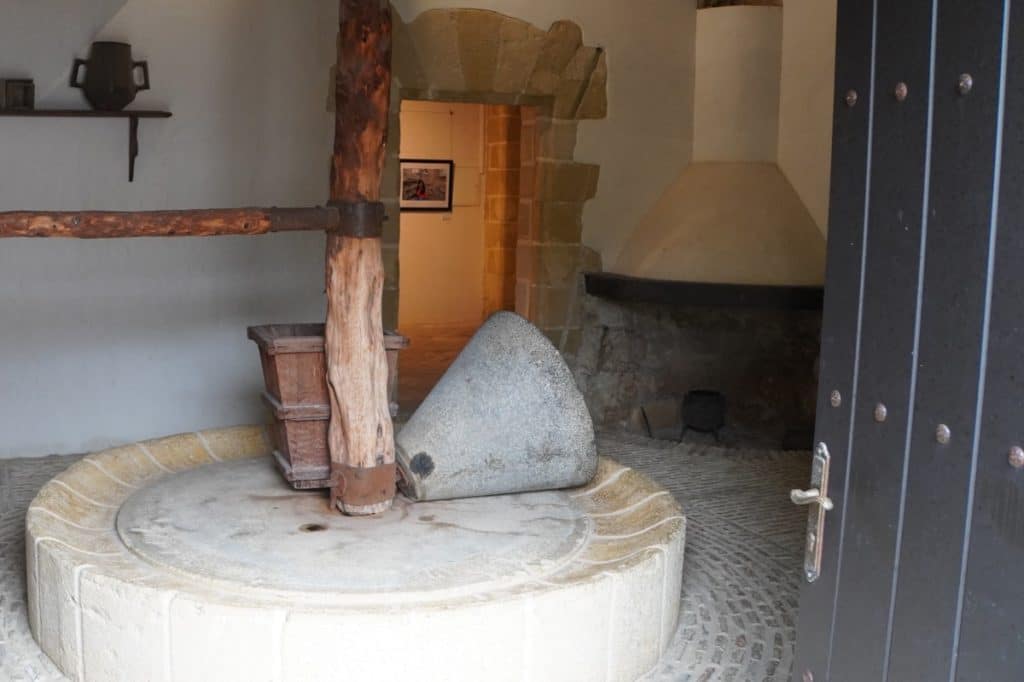
The millstone, which was kept in motion by a draft animal, crushed the olives into a paste. This paste was placed on bast mats in a press. At a constant room temperature (there was always a fire burning), the oil liquefied and could escape from the paste. It was collected in a large container and could be used once the impurities had settled.
The gardens in the Alcázar of Jerez
We continued our tour of discovery by walking through a rather dreary courtyard. This courtyard was used as an armory in Christian times. This is where the officers trained the ordinary soldiers and where receptions were held on official occasions.
The gardens of the Alcázar are directly adjacent to the courtyard. You shouldn’t expect pompous gardens here like in many other fortifications. I find these gardens to be very plain and simple. The fountain and the small planted beds are particularly beautiful.
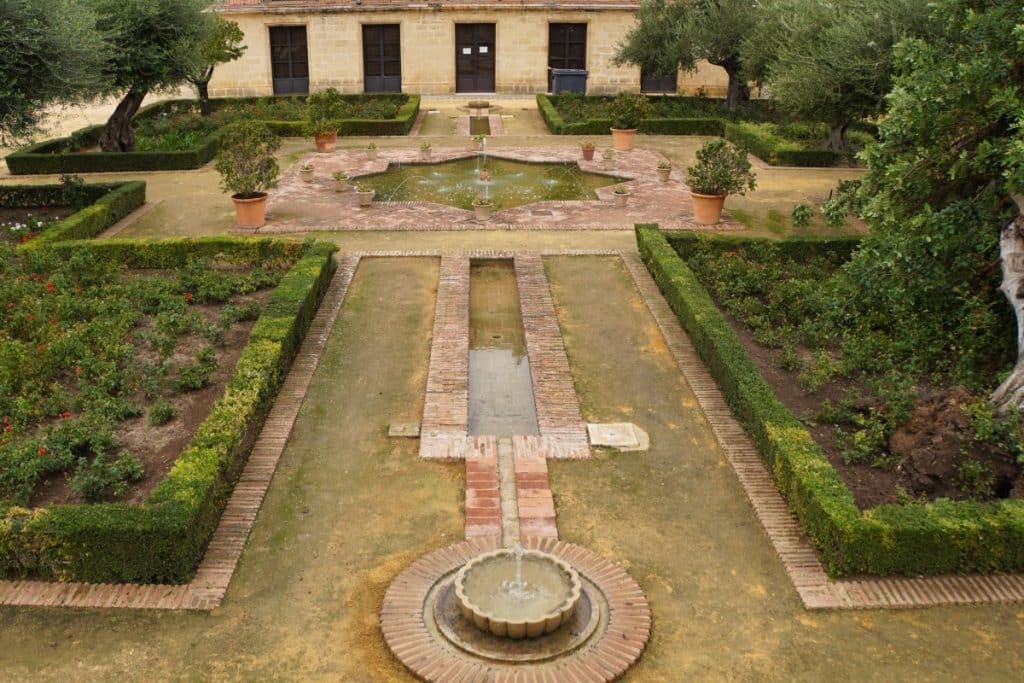
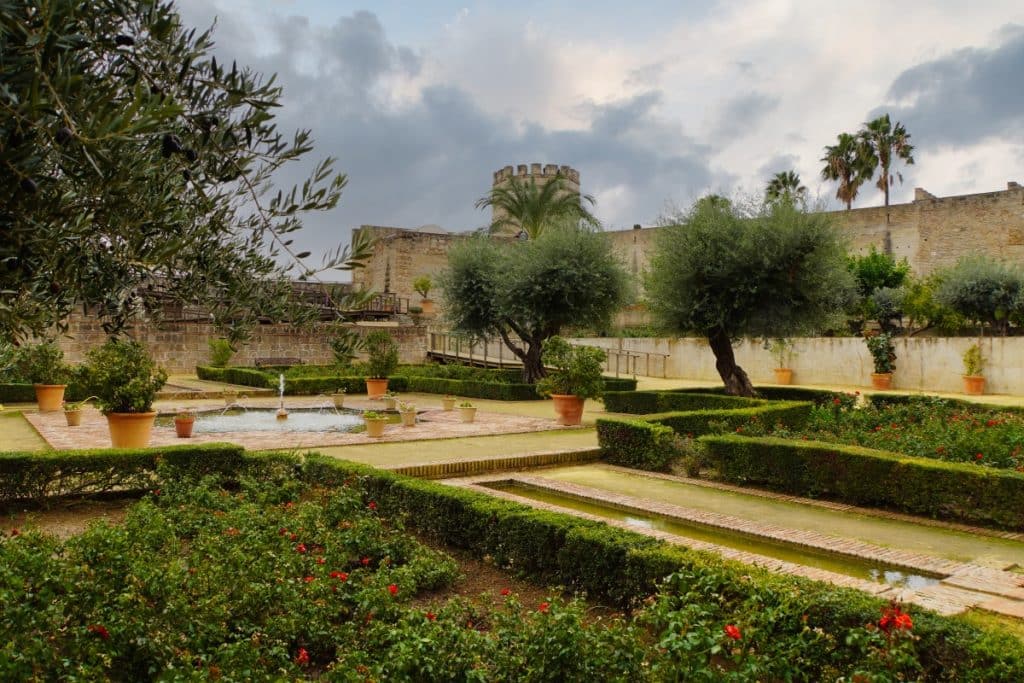
A path then leads to the mighty walls and the octagonal tower of the fortress.
The defenses of the Alcázar
The defenses consisted of a double wall. The 4 m high, crenellated outer wall was about 4 m away from the inner wall. The inner wall had regularly spaced towers. Unfortunately, it is no longer completely preserved. Today you can still see 7 of the towers built from rammed earth and bricks.
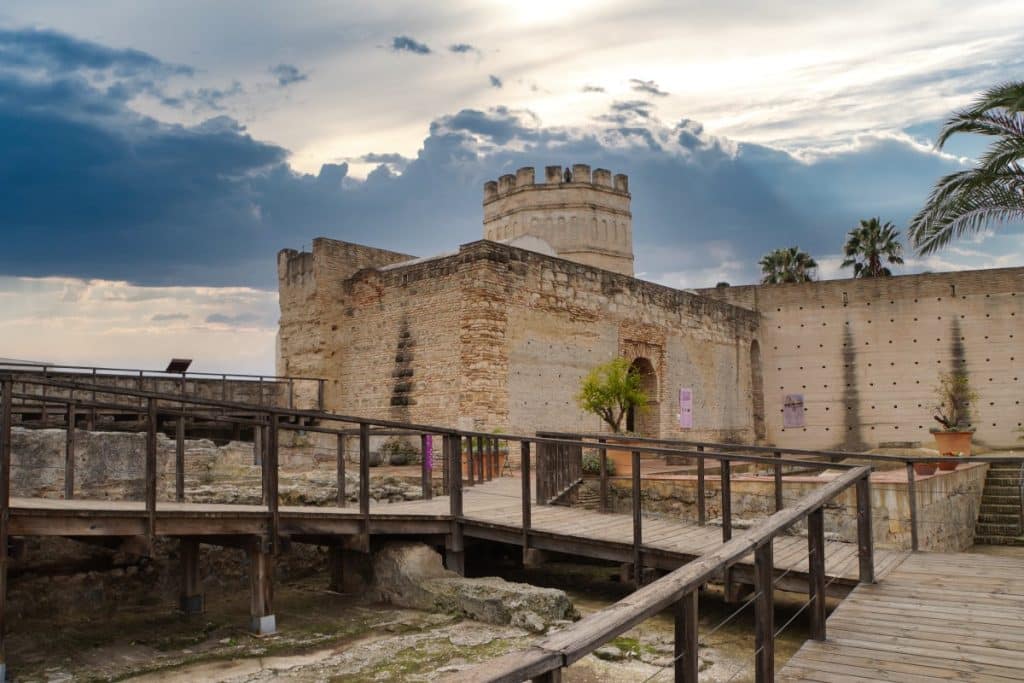
The most striking tower is the octagonal Almohad-style tower. It stands in the southern corner of the courtyard at the highest point of the city. Patrick climbed the steps and enjoyed the wonderful view over the city and the Alcázar.
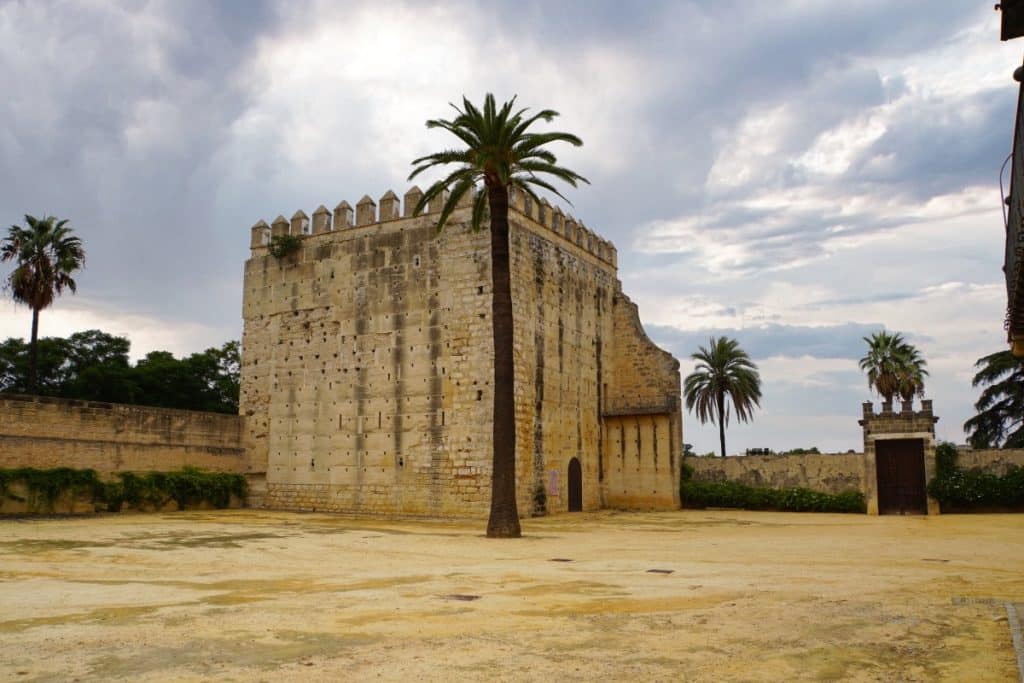
Another tower that immediately catches the eye is the main tower. This dates back to 1471, when the margrave of the time had it built surrounded by a moat. It also served as a dwelling and was to be used in the event of a siege.
The palace
At the end of our visit, we were drawn to the Villavicencio Palace. In 1664, the Villavicencio family inherited the Alcázar and built the baroque palace on the foundations of an old Islamic palace.
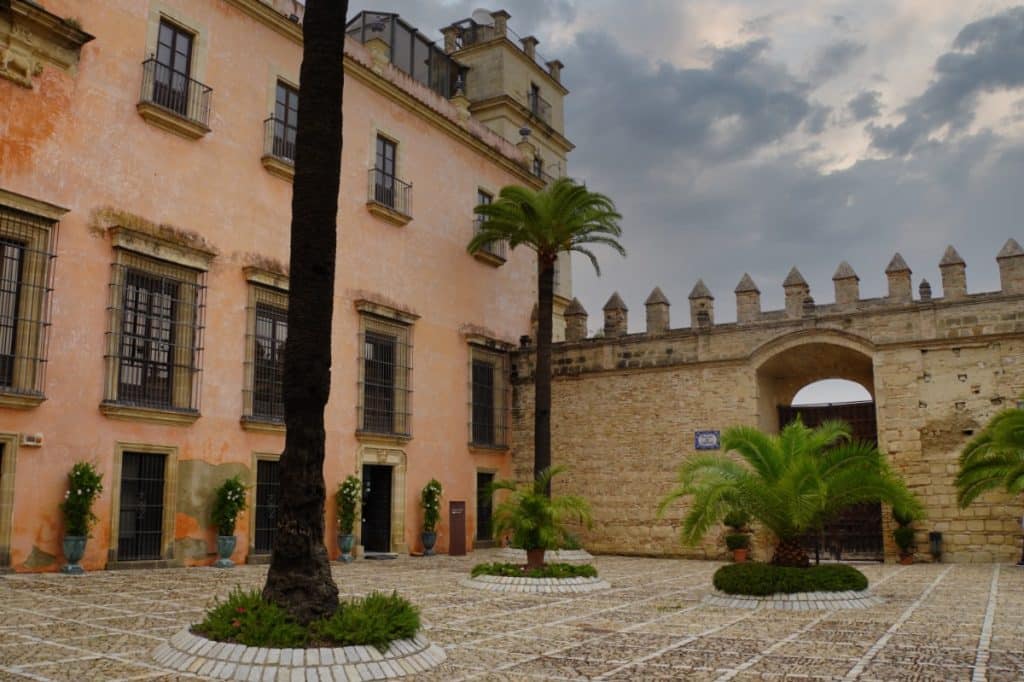
There is a great model of the fortress here, which gave us a very good idea of the dimensions and individual locations.
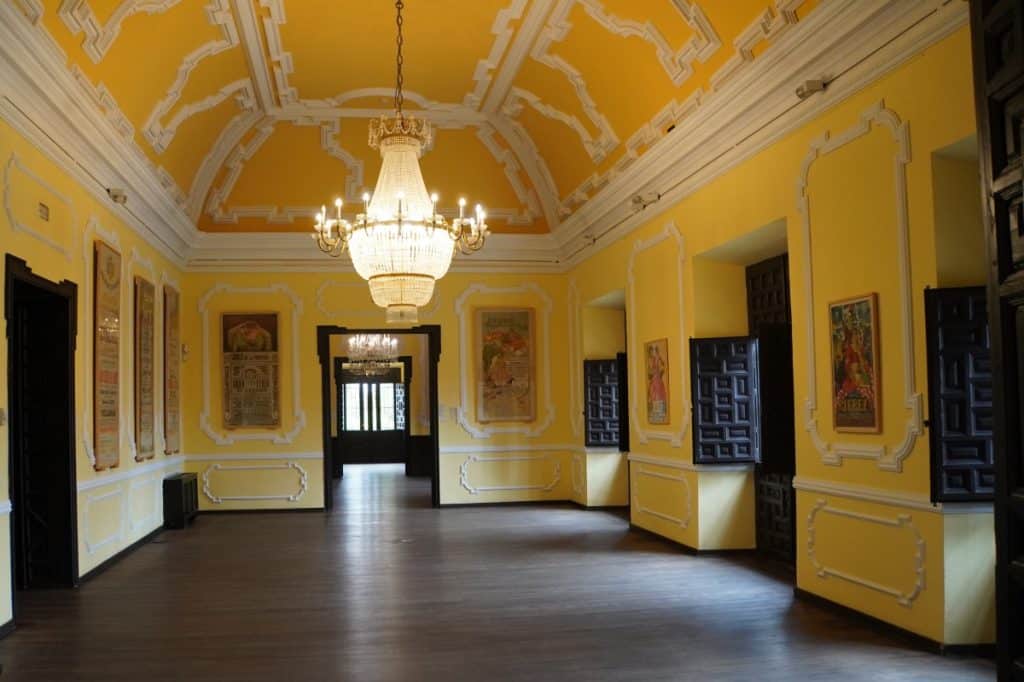
It is possible to visit some of the representative rooms on the second floor. The 19th century pharmacy on the second floor is particularly beautiful. Beautiful shelves dominate the excellently lit room. The shelves are filled with old glass bottles, tubes and containers. The only thing missing is the pharmacist in his white coat, who serves you in a friendly manner.
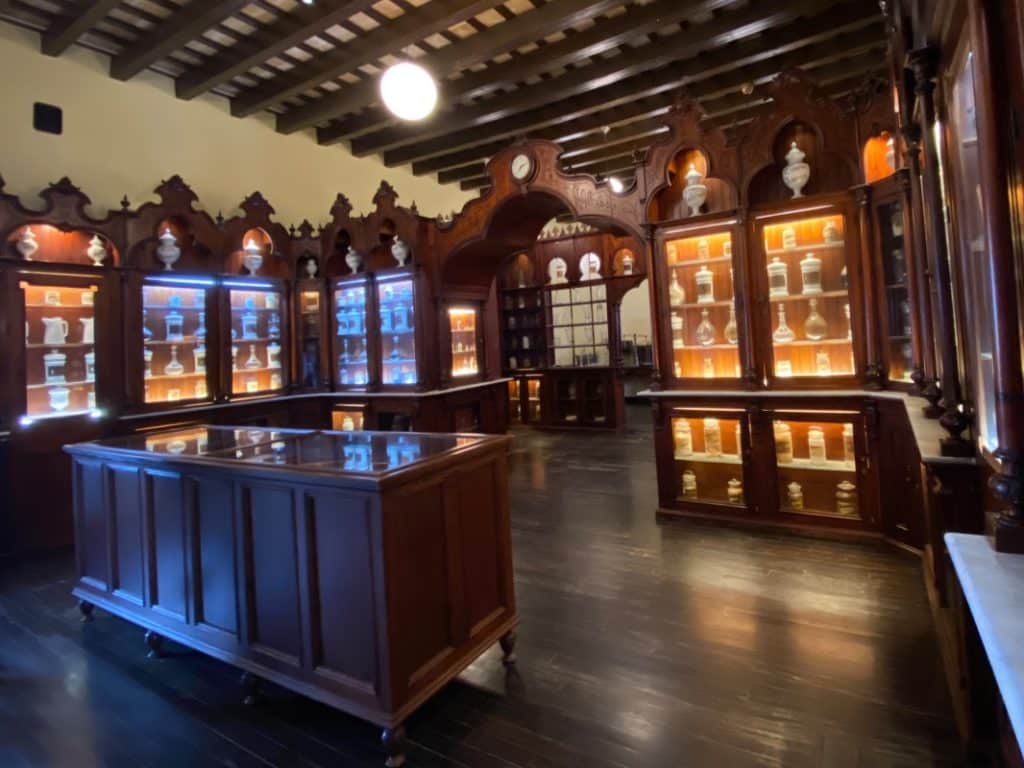
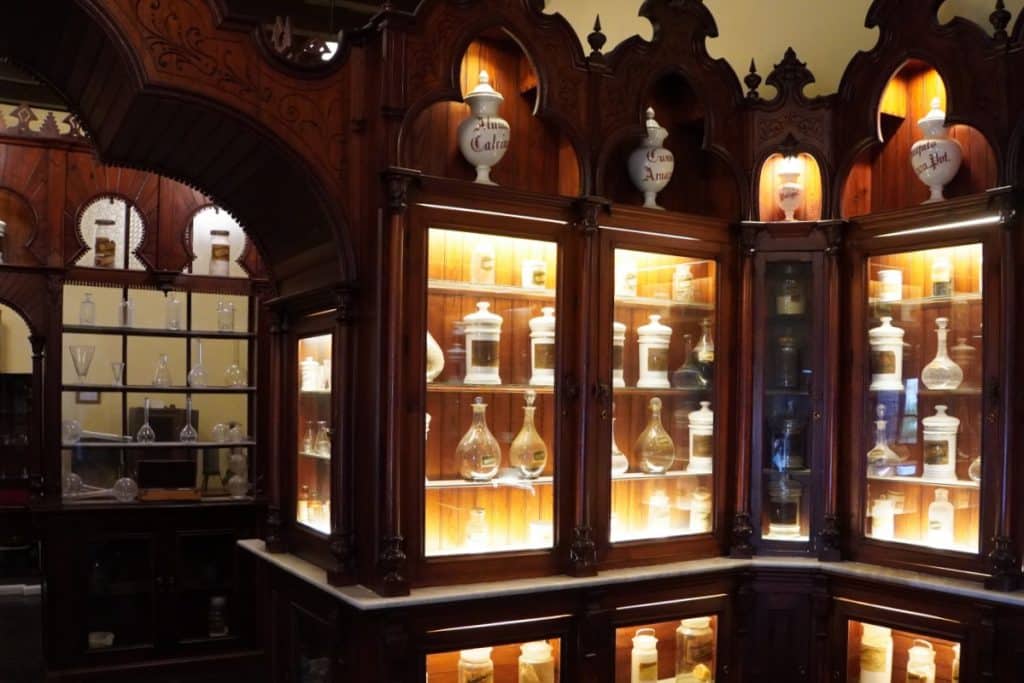
There is also supposed to be a camera obsura in the palace. We saw the signs, but unfortunately didn’t get the chance to take part in a demonstration. Too bad, I would have loved to enjoy the unique view over the city.
I later read that the guided tours are conducted on demand and that you need an additional ticket.
Is it worth the visit?
I think it’s worth discovering the Alcázar de Jerez de la Frontera on your own.
I was very impressed by the visit to the Alcázar in Jerez. I particularly liked the Arab-Muslim structures in the building, which can still be seen everywhere. Doesn’t the passageway remind you of a fairy tale from 1000+1 Nights?
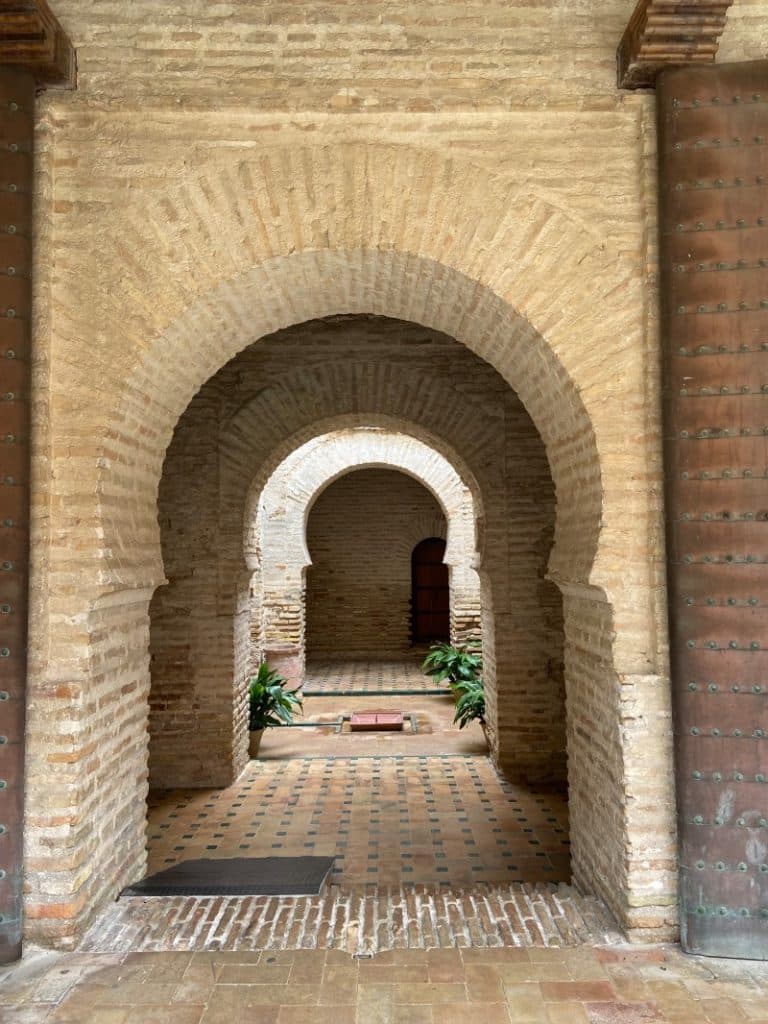
Address:
Calle Alameda Vieja s/n
11403 Jerez de la Frontera
Opening hours:
daily: 9.30 a.m. – 2 p.m.
Admission price:
Alcázar : 5,- €
Alcázar + Camera Obscura: 7,- €
Camera Obscura: 2,40 €
The visit took place at the invitation of the Departamento de Tourismo of Jerez de la Frontera.
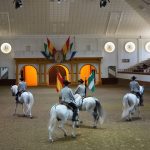
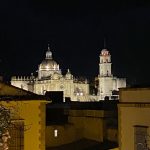

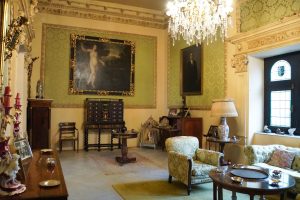
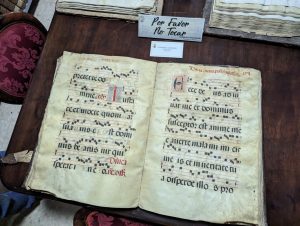
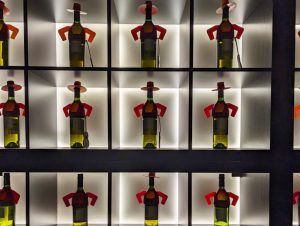
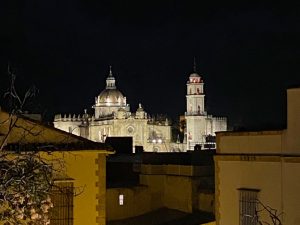
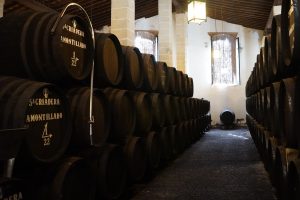
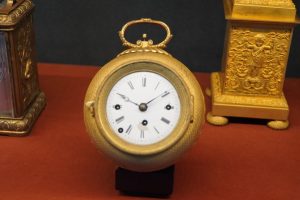
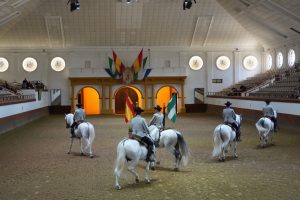
Leave a Reply